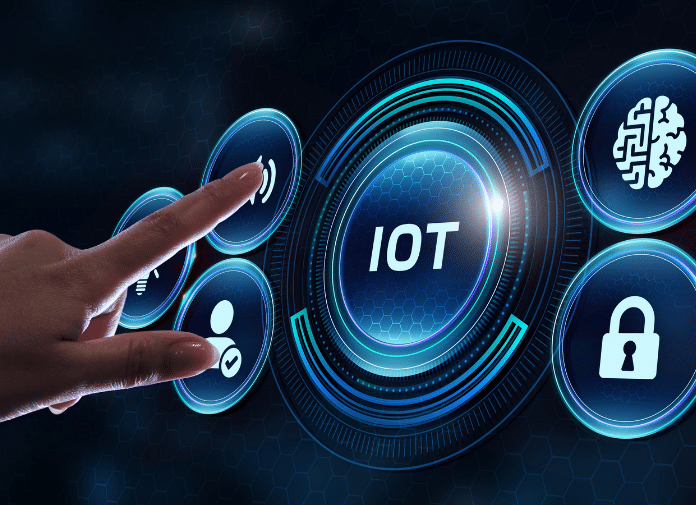Internet of Things (IoT) Security Challenges and Solutions 2023

In the transformative era of digital connectivity, the advent of the Internet of Things (IoT) has reshaped the way we interact with technology. The IoT, a vast network of interconnected devices spanning from household gadgets to industrial machinery, promises unparalleled convenience and efficiency. However, with this promise comes a pressing need to address the security challenges inherent in this complex ecosystem. In this exploration, we will delve into the intricacies of IoT, examining its potential, applications, and the critical importance of robust security measures.
Understanding the Internet of Things (IoT):
At its core, the IoT is a network of devices embedded with sensors, software, and other technologies that facilitate the exchange of data. The fundamental components of IoT include sensors to gather information, connectivity to enable data transfer, data processing for analysis, and user interfaces for meaningful interaction. This interconnected web of devices aims to create a smarter, more efficient world, where information flows seamlessly, enhancing our daily lives.
IoT Applications:
The applications of IoT are diverse, impacting various sectors and aspects of our lives. From smart homes equipped with intelligent appliances to wearable devices tracking health metrics, IoT has permeated numerous fields. Industries such as manufacturing, healthcare, agriculture, and transportation leverage IoT to improve efficiency, productivity, and overall user experience. Recognizing the significance of IoT and its role in shaping the future is essential for understanding its potential impact on our interconnected world.
Security Challenges in Internet of Things:
Despite its promise, the IoT landscape is riddled with security challenges that must be addressed to ensure a safe and resilient digital future. Internet of Things security encompasses safeguarding devices, platforms, and the data they generate. The sheer volume and diversity of connected devices create an expansive attack surface for malicious actors. Common security challenges include:
- Device Vulnerabilities: Many IoT devices lack robust security features, leaving them susceptible to unauthorized access and control.
- Data Privacy Concerns: The massive amount of data generated by IoT devices raises concerns about privacy, as sensitive information may be intercepted or misused.
- Inadequate Authentication: Weak authentication mechanisms can compromise the integrity of an IoT ecosystem, allowing unauthorized entities to infiltrate.
- Lack of Standardization: The absence of universal security standards makes it challenging to implement consistent security measures across different IoT platforms and devices.
Internet of Things and Security: A Symbiotic Relationship:
Effectively addressing the security challenges of IoT is imperative to unlock its full potential. Robust security measures must be integrated throughout the development, deployment, and maintenance phases of IoT ecosystems. Implementing these measures not only protects against potential threats but also instills confidence in users and stakeholders. Key solutions include:
- Encryption: Implementing end-to-end encryption ensures that data transmitted between IoT devices and platforms remains confidential and secure.
- Authentication Protocols: Strengthening authentication mechanisms, such as biometrics and multi-factor authentication, enhances the overall security posture of IoT systems.
- Regular Software Updates: Keeping IoT devices and platforms up-to-date with the latest security patches is critical in mitigating vulnerabilities.
- IoT Security Platforms: Leveraging specialized IoT security platforms provides comprehensive protection by monitoring device behavior, detecting anomalies, and responding to threats in real-time.
The Role of Artificial Intelligence in Internet of Things Security:
Artificial intelligence (AI) plays a pivotal role in fortifying IoT security. Machine learning algorithms can analyze vast amounts of data, identify patterns, and detect anomalies, enabling proactive threat detection and response. By integrating AI into IoT security strategies, organizations can enhance the adaptive nature of defense mechanisms, staying ahead of evolving cyber threats.
Conclusion:
In navigating the expansive landscape of IoT, understanding and addressing its security challenges are paramount for fostering a secure and connected future. Robust security measures, standardization, and the integration of artificial intelligence are pivotal components of a proactive approach to safeguarding the interconnected world. As the realms of the internet and things converge, proactive security measures are not merely a necessity but a fundamental requirement for a smarter and safer future. Through a concerted effort to fortify the foundations of IoT, we can unlock its transformative potential while ensuring the safety and security of our connected ecosystem.






